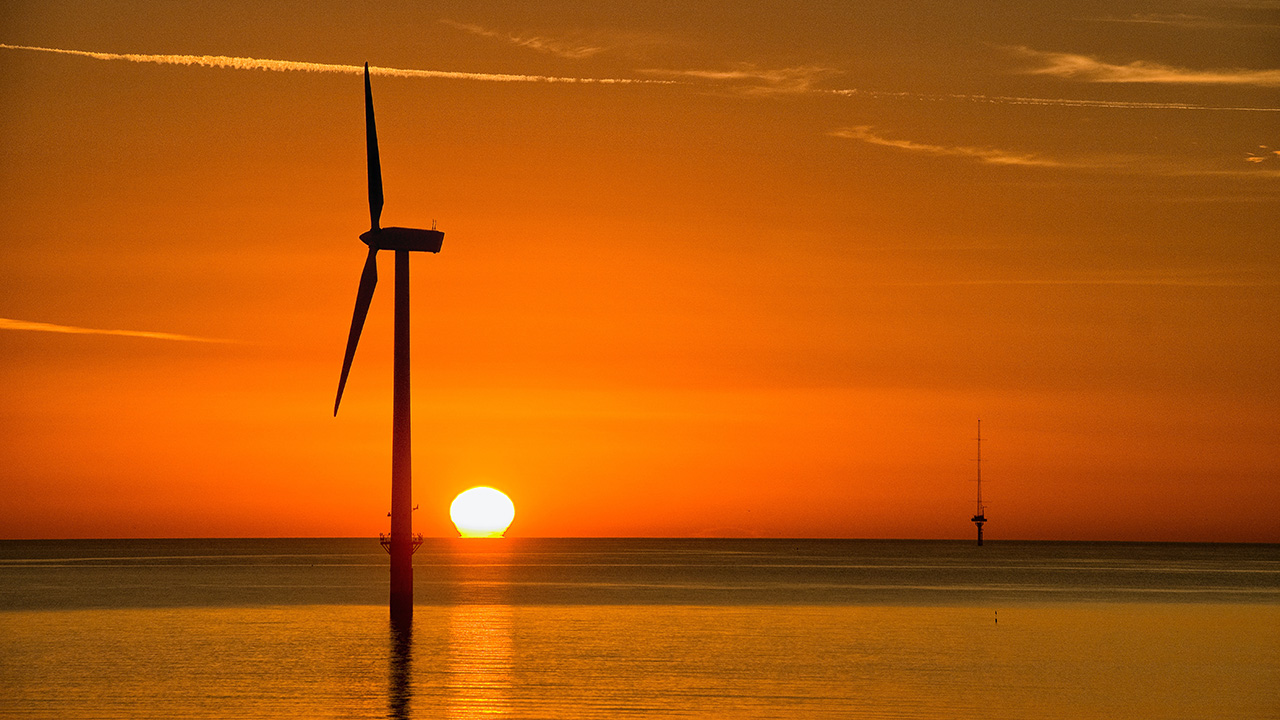2025 considered critical year for offshore wind port funding
By Sheldeen Joy Talavera – June 17, 2024 | 7:11 pm
from Business World

THE Department of Energy (DoE) said funding to make ports ready for the offshore wind industry needs to be budgeted for in the 2025 spending plan to enable power generation by 2028.
“The critical year here is that by 2025, funding should be included in the General Appropriations Act for at least two or three government ports in order for us to realize the first power from offshore wind by 2028,” Energy Undersecretary Giovanni Carlo J. Bacordo told BusinessWorld on the sidelines of a forum last week.
Offshore windfarms need to be serviced from specialized ports hosting maintenance facilities and enabling equipment transport.
“We are working closely with the Philippine Ports Authority as we are the ones highlighting that these ports are needed for offshore wind,” Mr. Bacordo said.
He said a pre-feasibility study of 10 ports is being carried out with technical assistance from the Asian Development Bank.
These ports include Bulalacao, Oriental Mindoro; Culasi, Capiz; Tabaco, Albay; and Pulupandan and San Carlos, both in Negros Occidental.
The others are the Energy Supply Base port facility of Philippine National Oil Co. in Batangas; Bauan International Port, Inc., Batangas; Subic; Iloilo Commercial Port Complex; and Port of Irene, Cagayan.
Mr. Bacordo said that the results of the pre-feasibility study into the first five ports will be available by August while the rest will be out by October.
“Kapag lumabas na ’yun (When that comes out), then we will see more investors coming in. Kasi ngayon, malalaman (As we will know) what ports are feasible to proceed to the full FS (feasibility study) or for the full detailed engineering design,” he said.
He said seven more ports have been nominated to the Economic Development Group for possible feasibility study.
The DoE hopes to stage a Green Energy Auction specific to offshore wind in the first half of 2025, Mr. Bacordo said.
The DoE has awarded 91 offshore wind energy service contracts with a potential capacity of 65.12 gigawatts (GW).
Under the Philippine Offshore Wind Roadmap, the Philippines has a potential capacity of about 63 GW from tapping offshore wind resources.
The Philippines has set a target of increasing the share of renewables in the energy mix to 35% by 2030 and 50% by 2040.
Separately, the Philippines is deemed to have adequate facilities to support liquefied natural gas (LNG) shipments for its power plants, according to the Energy Secretary.
“We just want to emphasize that the existing receiving and regasification facilities are actually adequate for purposes of supporting up to 8,000 megawatts capacity of LNG power plants,” Energy Secretary Raphael P.M. Lotilla said in a virtual briefing on Friday.
“And that’s why we need to look at them and to encourage the companies concerned to look at these two separately owned receiving and regasification facilities as one unit,” he added.
In 2023, the Philippines commissioned its first two LNG import terminals in Batangas which are operated by Linseed Field Corp. and FGEN LNG Corp.
“In the future, if it exceeds these levels, then future receiving facilities are also welcome,” Mr. Lotilla said. “But at the moment, of course, we do not want to see an overbuilding of LNG infrastructure because that would impose an additional cost on the entire economy.”
The DoE sees LNG as a suitable transition fuel “by which the private sector investments in this technology will be facilitated as a way to enable the viability of large renewable energy capacity additions and ensure reliability and security of the power system.”


